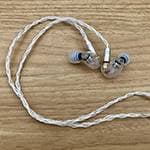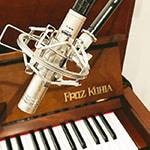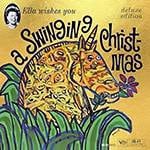Ballads and Pianos: When It Comes to Pianos, It’s All About the Fender Rhodes
This theme is inspired by our previous feature on Sérgio Mendes.
Pianos are essential in music, especially for creating a relaxed tempo. Keyboards often outperform guitars in this regard, thanks to their ability to cover essential musical elements like bass lines, chords, and melodies with a single instrument.
This time, I’ll delve into the characteristics and musicality of the universally iconic electric piano, the Fender Rhodes electric piano.
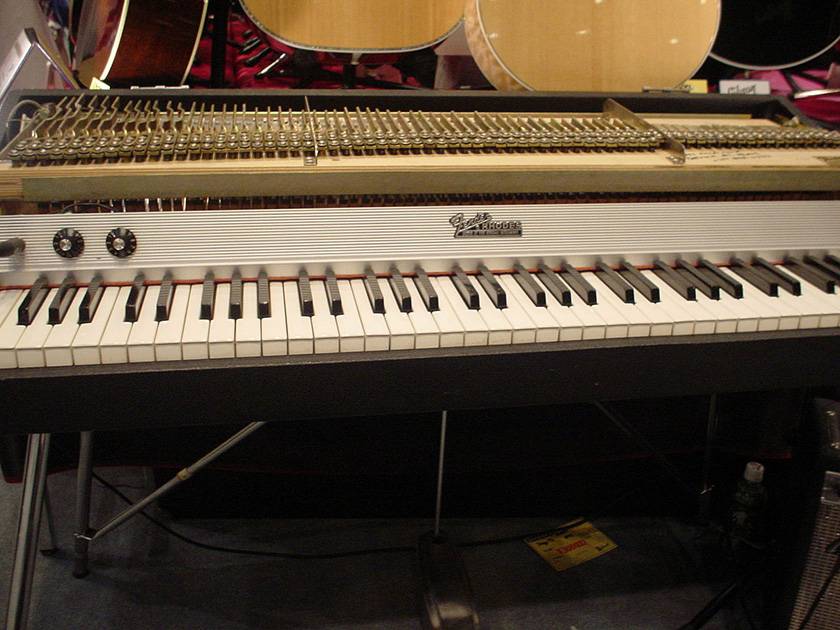
Fender Rhodes Piano (Stage Type), CC BY-SA 3.0 (Quoted from Wikipedia)
Fender Rhodes Piano
The Fender Rhodes piano was created by Harold Rhodes in the 1940s with the purpose of using “music therapy to soothe soldiers.”
The sound production mechanism consists of metal tone bars and tone generators aligned in a sequence. The tone bars are flat metal pieces, and the tone generators are wire-shaped with varying lengths. Each tone generator has a small spring (3 to 5 mm) attached to its tip, which allows for fine-tuning by adjusting the spring’s position.
A hammer strikes the tone generator, and the resulting sound is amplified through a pickup. The tone bars, positioned above the tone generators, are secured with three screws.
Adjusting the tightness of these screws modifies the output sound. The top screw fixes the tone bar and generator, while the other two screws allow for sound adjustments.
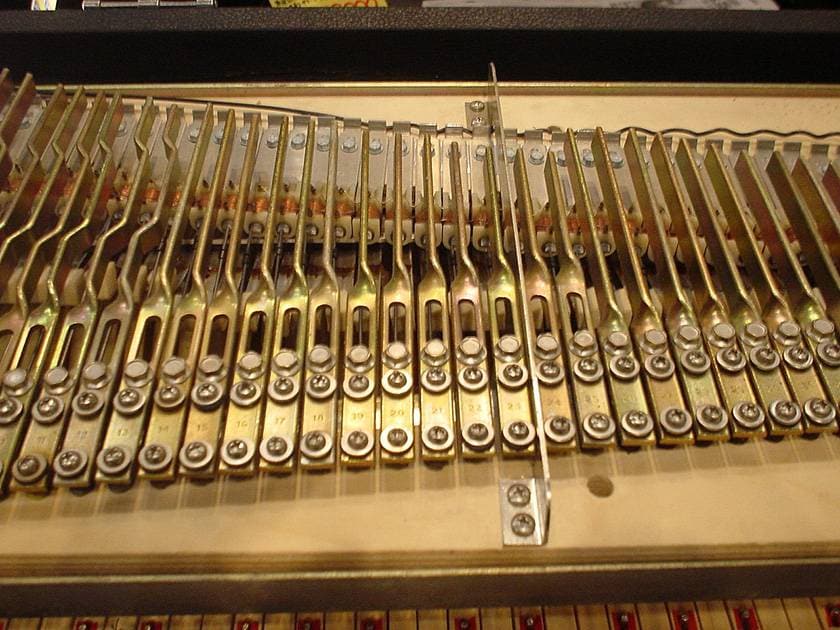
The golden flat bars are the tone bars, with the wire-shaped tone generators beneath them.
Internal Mechanics of the Rhodes Piano, CC BY-SA 3.0 (Quoted from Wikipedia)
Tightening the central screw on the tone bar (closer to the pickup) lowers the tone bar, bringing it closer to the tone generator. Conversely, loosening the central screw and tightening the lower screw moves the tone bar away from the tone generator. When the tone bar is closer to the tone generator, the sound becomes tighter and more nasal, whereas increasing the distance results in a more diffuse sound.
By adjusting the distance from the pickup, players can create sounds that align with their preferences. However, these adjustments are quite challenging, and I rarely made changes.
The tone generators of a Rhodes piano can break!
One day, while I was playing, a tone generator snapped, causing the sound to suddenly stop. When I opened the lid to check, I found that the wire of the tone generator had broken in the middle. It’s likely that the increased force from pressing the keys hard, combined with the metal’s aging, caused it to break. I had to order a replacement generator from a music store.
Since it’s impossible to predict which part of the tone generator might break, you’d ideally need a spare for all 88 keys. However, owning that many spares is impractical. I remember being troubled by this dilemma. Sometimes, I wondered how many tone generators Richard Tee, with his strong key touch, might have broken...
Another significant issue with the Rhodes piano is its weight—far too heavy for one person to carry alone. I needed help from friends to move it, making its transport to events a serious undertaking. Most of the time, I relied on studio electric pianos for performances.
My Purchase: A Suitcase 88-Key Rhodes
I bought an 88-key suitcase model from my senior’s music store. Out of three available options, I chose the one with the best sound. The tonal variation in Rhodes pianos due to their analog build was evident. Although there was a new 73-key stage piano, I opted for the used wooden-key 88-key suitcase model for its superior sound.
The 88-key suitcase model featured volume and tone controls, along with a vibrato knob (and had effect input/output jacks). In contrast, the newer model had high and low slide-type tone controllers, which intrigued me, but sound quality took precedence.
The deciding factor was that the suitcase model produced the characteristic distorted sound in the mid-to-low range when played forcefully, whereas the newer stage model lacked this distinctive distortion—it didn’t distort as much.
I considered that distorted sound a hallmark of the Rhodes. It’s the same sound you hear in the intro of Bill LaBounty’s “Livin’ It Up”. That sound was present in the 88-key suitcase model.
Next time, I’ll explore deeper into the unique aspects that contribute to the Rhodes piano’s rich sound.
■ Reference Album: Bill LaBounty Bill LaBounty (1982)

Bill LaBounty’s fourth and arguably finest album, released in 1982, is a masterpiece. His melodies are characterized by tear-jerking phrases and his distinctive voice, both of which shine on this album.
The album features a stellar lineup of popular musicians from that era, including Dean Parks, Steve Gadd, David Sanborn, James Taylor, and Patti Austin.
Recommended Track: “Livin’ It Up”
“Livin’ It Up” is one of the most iconic intros featuring the Rhodes piano. The unforgettable sound is immediately recognizable. The track demonstrates deliberate use of the Rhodes piano’s pleasing distortion in the mid-to-low range. When LaBounty’s voice follows, the song cements itself as a classic of the AOR genre.
Musicians, Albums, and Recommended Tracks Featured in This Article
- Artists: Bill LaBounty, David Sanborn, Dean Parks, Steve Gadd, and others
- Album: Bill LaBounty
- Recommended Track: “Livin’ It Up”
The “sound & person” column is made up of contributions from you.
For details about contributing, click here.






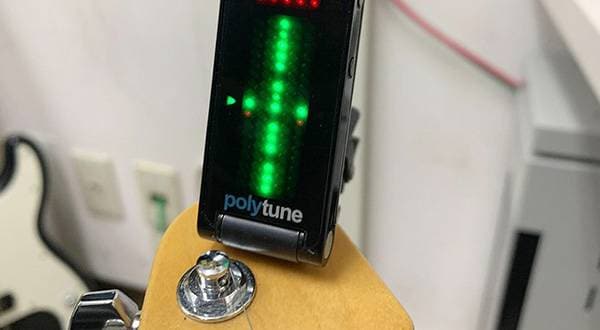
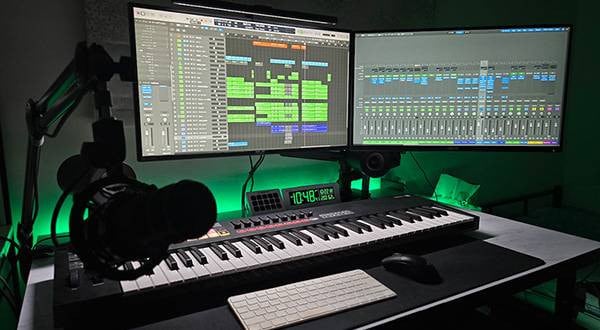

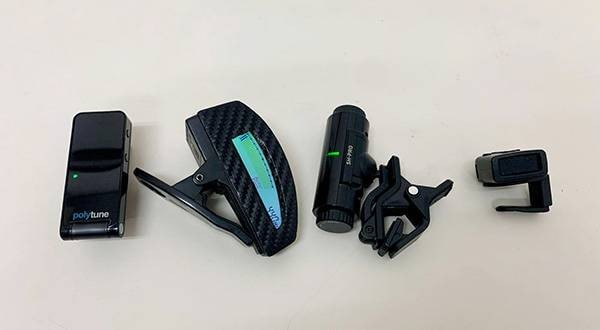
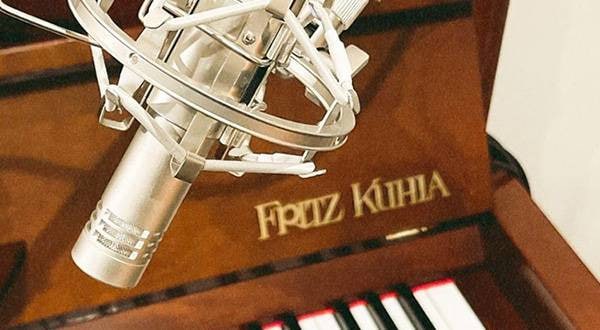

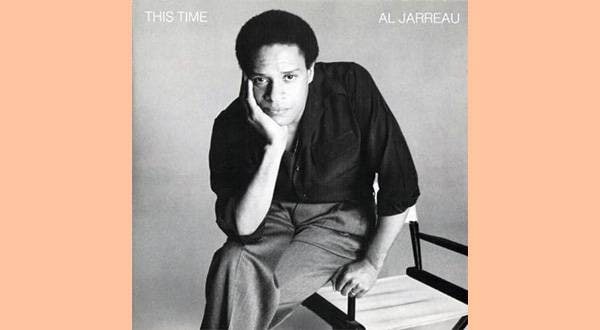
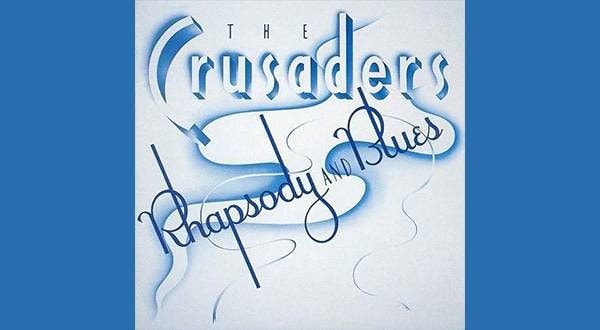
![[2025] 12 Electronic Keyboard Recommendations! How to Choose and Popular Keyboards for Beginners Ranking](/contents/uploads/thumbs/2/2023/7/20230713_2_23309_1.jpg)

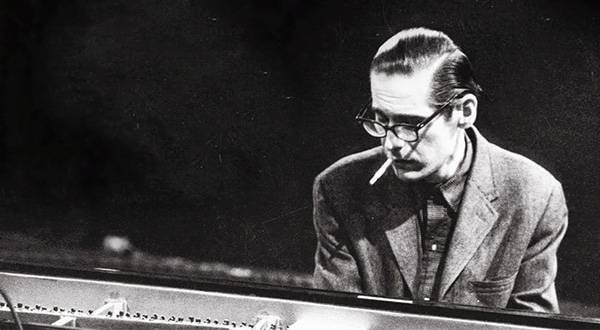
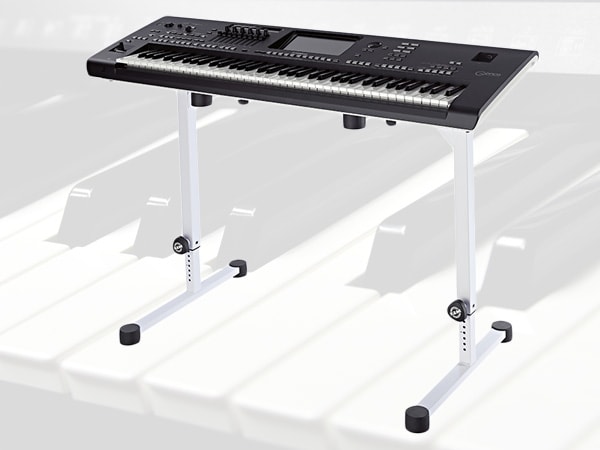 キーボードスタンドの選び方
キーボードスタンドの選び方
 自分にあったピアノを選ぼう!役立つピアノ用語集
自分にあったピアノを選ぼう!役立つピアノ用語集
 まずは弾いてみよう!楽譜の読み方
まずは弾いてみよう!楽譜の読み方
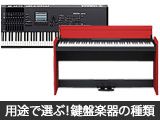 用途で選ぶ!鍵盤楽器の種類
用途で選ぶ!鍵盤楽器の種類
 キーボードスタートガイド
キーボードスタートガイド
 キーボード・ピアノ講座
キーボード・ピアノ講座


